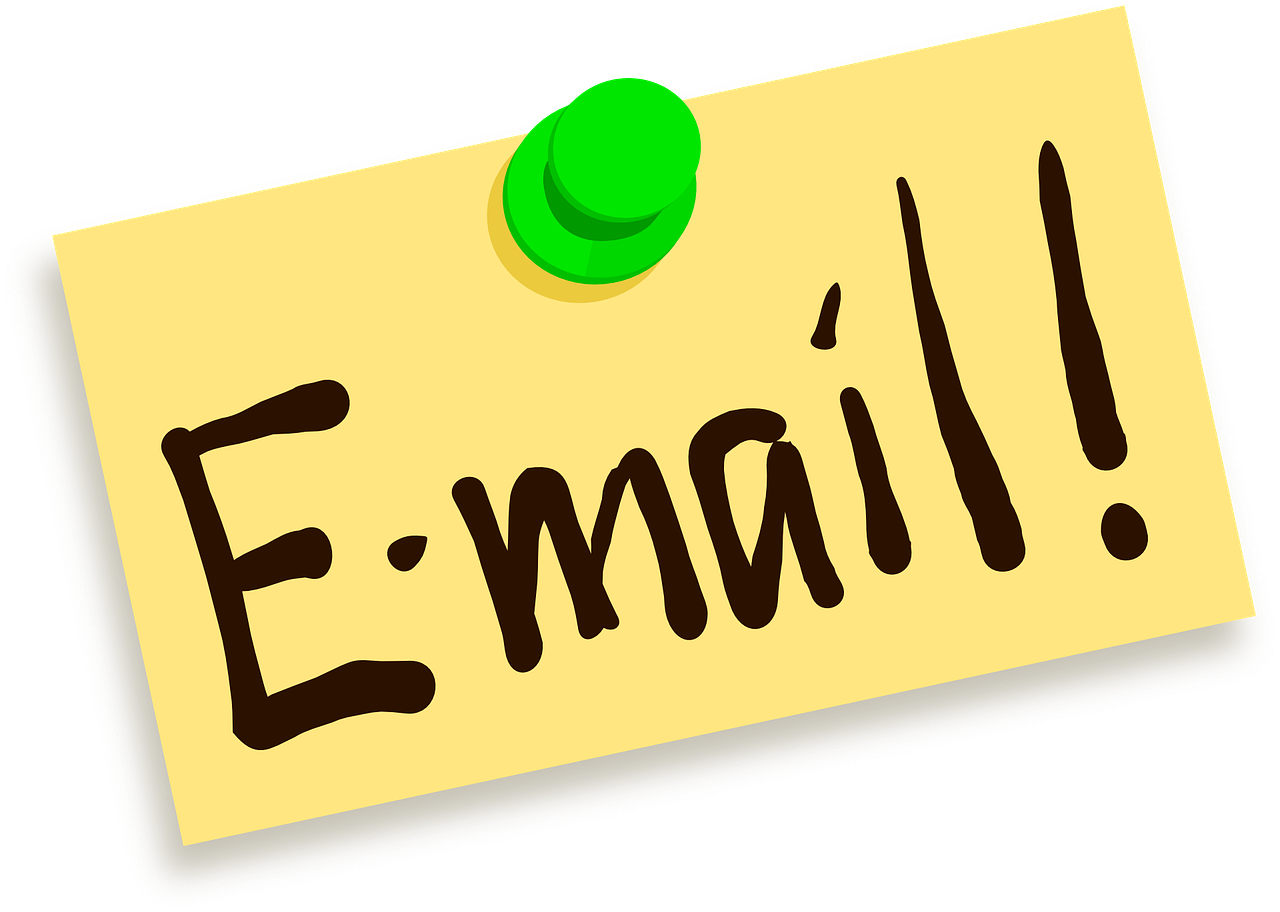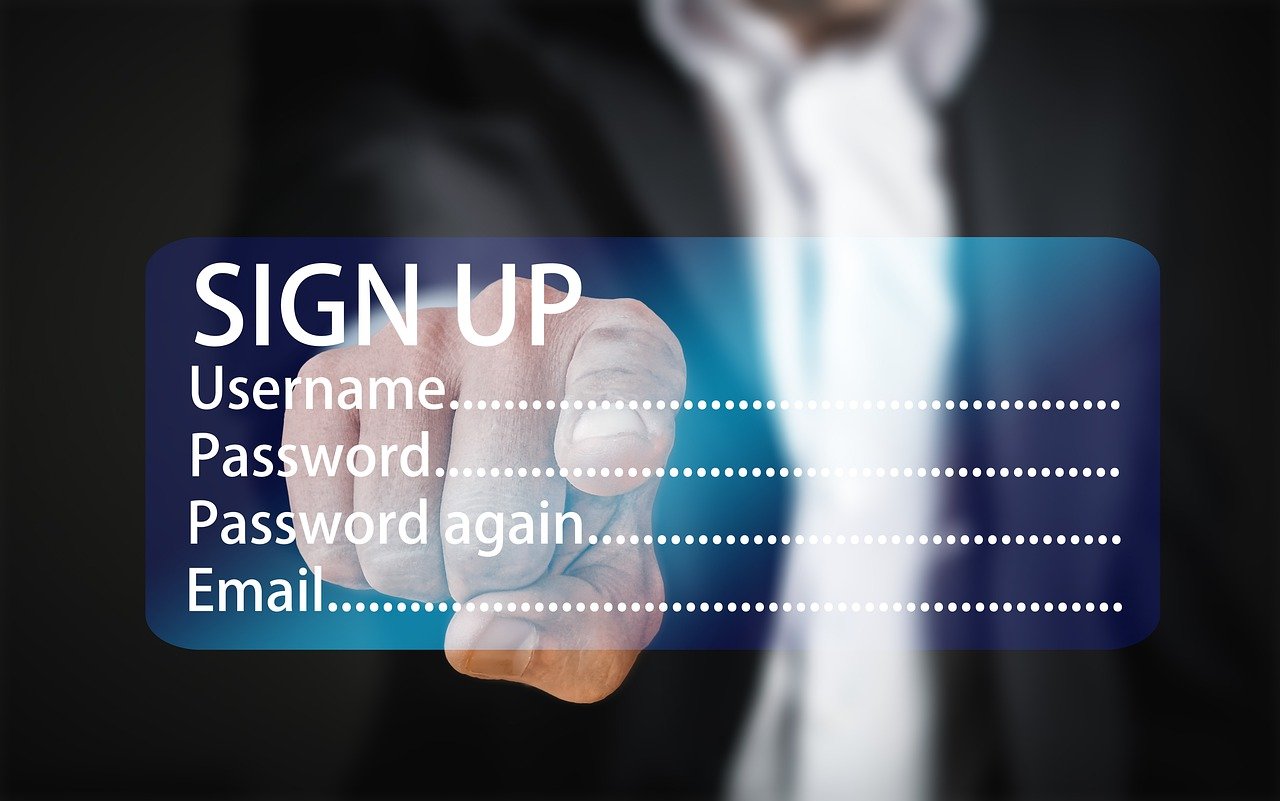List Engagement Secrets
Email marketing has been a part of business since the early days of the internet. Many businesses fail to implement its effectiveness in making sales. Creating an effective and impactful copy for your emails is one of the most important parts of your marketing plan.
If you’re trying to decide if you should spend time creating all those emails, consider this:
- The number of people using email is set to grow to 319.6 billion by the end of 2021, according to The Eradicate Group.
- HubSpot reports that people with active email accounts will grow to 5.6 billion by the end of 2019.
- 9 out of 10 marketing professions say email is important or very important to their own business, according to a study by the Direct Marketing Association.
- Forbes reports that emails produce 50{495e61a8be0728ba5e4172c16a68a1b05f8df91b32cf783b0a6ac5a97f0ba813} more sales as compared to other marketing practices.
As these figures clearly show, email is essential and to be expected in your marketing plan. But with the abundance of businesses sending emails, your content needs to be of the best quality and impactful to get conversions.
Of course, the first step is to create a compelling and irresistible free offer to get people on your list. Then you need to create emails that will be effective in bringing in the money from your offers.
There are different types of emails for different situations. There are welcome emails, promotional emails, new customer emails, client or lead engagement, cold list re-engagement, emotional trigger emails, special offer emails, new product or launch emails and many other types.
How do you know where to begin or what type of email to send?

In this post, we’ll show you the very first step in creating high converting emails. It’ll give you the details on what you need to write and how to set your email goals. Then in other posts we’ll move on to the why and when to use certain types of email.
The persuasion strategies section helps you get comfortable with selling in your emails. The email copy and copy fundamentals sections are powerful for creating copy that converts. Finally, we’ll look at the different methods you can use when creating your copy.
Let’s get started.
Setting the Email Goal
Now that you know the importance of marketing with email, you might be at a loss as to where to begin. Like almost everything in business, it begins with a goal of what you want to achieve.
First, we’re going to assume you’ve created your lead generation materials and have started gaining a targeted list of subscribers. If not that’s the first step. Here’s a quick list of the steps you need to take. Create a freebie for people to receive when they sign up. Have a way for subscribers to sign up. This can be an exit popup on your website, a static landing page or any number of ways to for subscribers to sign up. You also need some sort of email service such as Aweber.
Now let’s begin creating our goal for the emails.
Before you send out just any old email, first determine what the end result is you want the email to achieve. Is it to get someone to purchase something or to open the email and connect with you? Is the goal of your email to create better click-through rates?
Typical goals for an email might include:
- Getting freebie seekers to become first-time buyers your service or products.
- Increase conversions by a certain amount in a specific amount of time.
- Getting cross-sells and upsells from current purchases.
- Increase click-through rates.
- Building more engagement from current clients or customers.
- Build more relationships for your community.
- Getting feedback about your business to make improvements.
For each email, understand who’s going to receive your emails and what they want to get out of it from you.

Ask yourself these questions to define your email goals:
- Where are you right now? Check your open rates, click rates, unsubscribe rates, conversion rates or your spam rates.
- What action do you want the reader to take? This helps you tailor your content to get them to take the action you want. If it’s to read an article, for example, then let them know why the article will help them.
- Who will be receiving the email? Know which segment of your list will be receiving the email, so that your copy, images and everything in the email speaks directly to that potential group.
- How will you get them to say “yes”? Decide what you are going to promise the readers so that your email helps them be the best version of themselves with your service, product, or information.
Think about why your reader initially signed up. Ask yourself these questions:
- How can you over deliver on that?
- What do they want from you? From your business?
- What questions do they have about your niche?
- When do they need to hear from you?
- What emotions can you evoke in them?
- What are the next steps for them as your subscriber?
Now create a plan around the answers. Include the topics you’ll regularly write emails about, schedule email blasts in your calendar, and what areas people need support, guidance or encouragement.
When you know what you want to achieve with the email you can determine what type of email you want to send out and when it needs to go out. Spend the time setting your marketing and conversion goals before you begin the writing process.